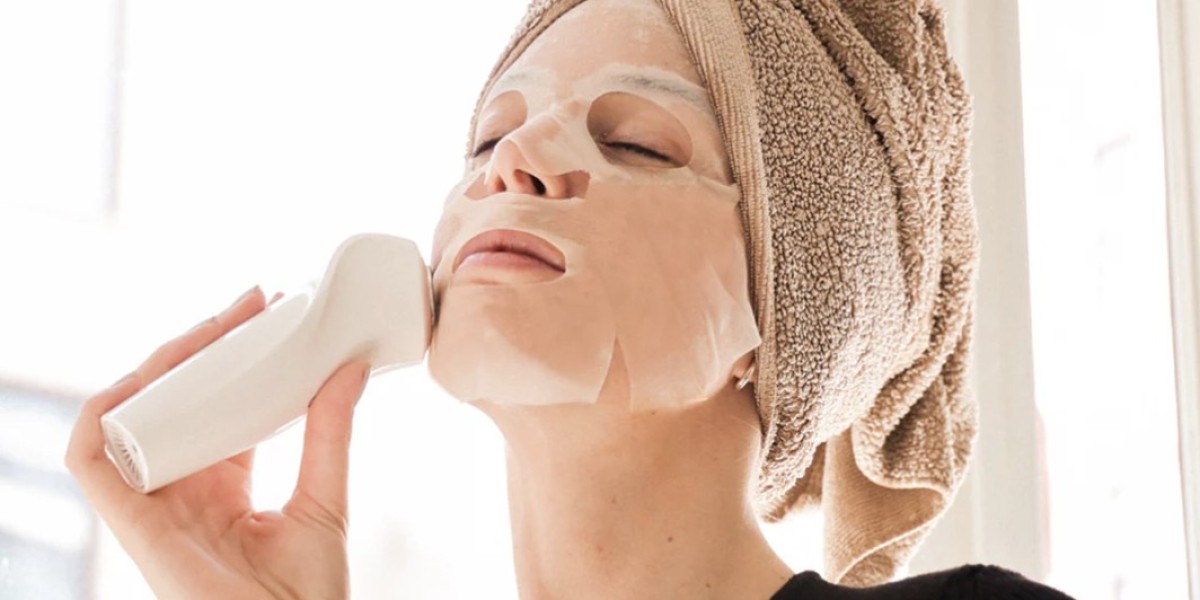1. Normal Skin:
- Characteristics:
- Balanced sebum production.
- Few imperfections.
- Well-hydrated without excess oil or dryness.
- How to Identify:
- No excessive shine or flakiness.
- Minimal sensitivity.
- Pores appear normal-sized.
2. Oily Skin:
- Characteristics:
- Excessive sebum production.
- Prone to acne and enlarged pores.
- Skin may appear shiny.
- How to Identify:
- Noticeable shine, especially in the T-zone (forehead, nose, and chin).
- Enlarged pores.
- Prone to blackheads and acne.
3. Dry Skin:
- Characteristics:
- Insufficient sebum production.
- Flaky, rough, or tight skin.
- Prone to fine lines and dullness.
- How to Identify:
- Skin feels tight, especially after cleansing.
- Flakiness and rough patches.
- Dull complexion.
4. Combination Skin:
- Characteristics:
- A combination of oily and dry areas.
- Oily T-zone and dry or normal cheeks.
- How to Identify:
- Shiny forehead, nose, and chin.
- Normal or dry cheeks.
- Pores may be larger in the T-zone.
5. Sensitive Skin:
- Characteristics:
- Easily irritated or reactive to skincare products.
- Prone to redness, itching, or burning.
- How to Identify:
- Skin reacts negatively to certain products, causing redness or irritation.
- May have a tendency toward allergic reactions.
- Easily irritated by environmental factors.
How to Figure Out Your Skin Type:
Observe After Cleansing:
- Wash your face with a gentle cleanser.
- Wait for about an hour without applying any products.
- Observe how your skin feels: if it feels tight, you might have dry skin; if it feels balanced, it could be normal; if it's shiny, it might be oily.
Check for Shine Throughout the Day:
- Pay attention to how your skin behaves during the day.
- If you notice shine developing on your forehead, nose, or chin, you may have combination or oily skin.
Examine Pore Size:
- Check the size of your pores, especially in the T-zone.
- Larger pores in the T-zone may indicate combination or oily skin.
Note Any Dry or Flaky Areas:
- If you experience dry or flaky patches, especially after cleansing, you may have dry or sensitive skin.
Observe Reaction to Products:
- Note how your skin reacts to different skincare products.
- If you're prone to redness, itching, or burning, you may have sensitive skin.
Consider Environmental Factors:
- Evaluate how your skin responds to changes in weather or environmental conditions.
- Dry or tight skin in cold weather may suggest dry skin, while increased oiliness in warmer weather may indicate combination or oily skin.
Cleansing:
- Purpose: Start with a clean canvas to assess your skin's natural state.
- Technical Details:
- Use a mild, pH-balanced cleanser to remove any makeup, dirt, or impurities.
- Opt for a cleanser with surfactants tailored to effectively cleanse without disrupting the skin barrier.
2. Pat Your Face Dry:
- Purpose: Allow the skin to return to its baseline after cleansing.
- Technical Details:
- Gently pat the face dry with a clean towel to avoid causing any irritation or friction that may influence the skin's condition.
3. Wait for an Hour:
- Purpose: Provide sufficient time for the skin to settle and reveal its intrinsic characteristics.
- Technical Details:
- Refrain from applying any skincare products for approximately an hour to ensure an unaltered observation.
4. Observe Your Skin:
- Purpose: Systematically assess various aspects of your skin to identify specific characteristics.
- Technical Details:
- Examine the skin's texture, noting whether it feels smooth, rough, tight, or flaky.
- Observe the presence of shine, especially in the T-zone, as an indication of sebum production.
- Evaluate the size of pores, paying attention to whether they are small, enlarged, or prominent in specific areas.
- Assess any signs of sensitivity, such as redness, itching, or burning upon touch or exposure to certain stimuli.
5. Identify Your Skin Type:
Normal Skin:
- Technical Characteristics:
- Balanced sebum production.
- Even texture without excessive shine or dryness.
- Small, inconspicuous pores.
- Identification:
- Absence of pronounced skin issues, with a generally healthy and balanced appearance.
- Technical Characteristics:
Oily Skin:
- Technical Characteristics:
- Excessive sebum production, leading to shine.
- Enlarged pores, particularly in the T-zone.
- Proneness to acne and blackheads.
- Identification:
- Noticeable shine, especially in the forehead, nose, and chin.
- Presence of blackheads and a predisposition to acne.
- Technical Characteristics:
Dry Skin:
- Technical Characteristics:
- Insufficient sebum production, resulting in tightness and flakiness.
- Small pores with a lack of shine.
- Prone to dullness and fine lines.
- Identification:
- Skin feels tight, especially after cleansing.
- Flakiness and rough patches are evident.
- Technical Characteristics:
Combination Skin:
- Technical Characteristics:
- A mix of oily and dry areas on the face.
- Oily T-zone (forehead, nose, chin) and drier or normal cheeks.
- Identification:
- Shiny forehead, nose, and chin.
- Normal or dry cheeks.
- Technical Characteristics:
Sensitive Skin:
- Technical Characteristics:
- Prone to redness, itching, or burning reactions.
- Reactivity to certain products or environmental factors.
- Identification:
- Skin reacts negatively to touch or specific skincare products.
- Tendency toward allergic reactions.
- Technical Characteristics:
6. Consider Environmental Factors:
- Purpose: Recognize how external elements impact skin behavior.
- Technical Details:
- Assess how your skin responds to variations in weather, humidity, or exposure to different environments.
- Monitor any changes in skin characteristics based on external influences.
7. Repeat Observation Over Time:
- Purpose: Confirm and adjust skincare routines based on dynamic skin conditions.
- Technical Details:
- Regularly reassess your skin to accommodate changes influenced by factors like age, hormonal fluctuations, and seasonal variations.
8. Consult a Dermatologist (Optional):
- Purpose: Seek professional evaluation and personalized skincare recommendations.
- Technical Details:
- If uncertainty persists or specific skin concerns arise, consulting a dermatologist ensures an accurate diagnosis and tailored guidance.
This technical guide emphasizes a systematic and analytical approach to identifying skin type, considering various factors that contribute to skin health and behavior. Regular observation and adjustments based on evolving conditions contribute to the development of an effective skincare regimen.

